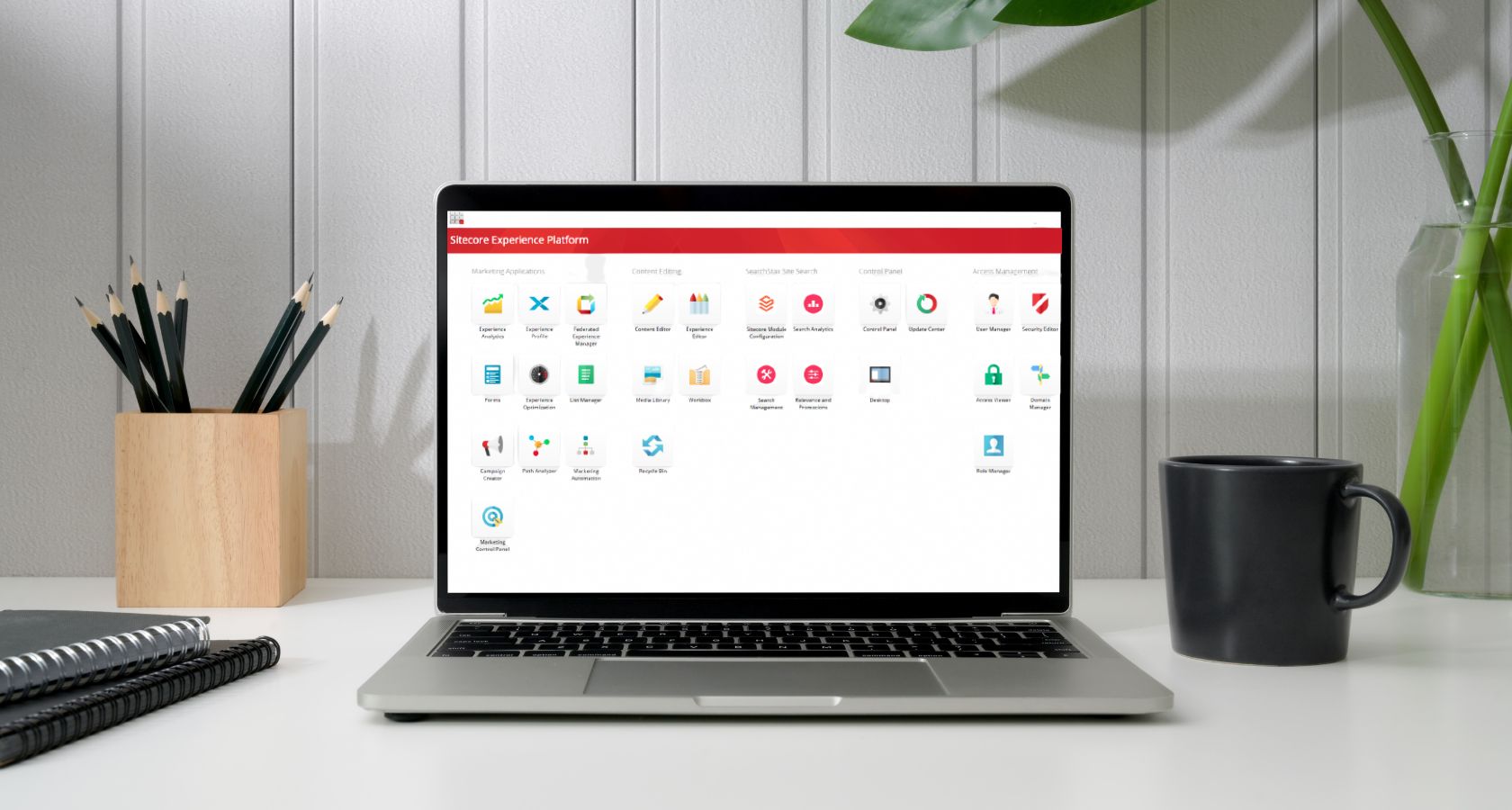Introduction
In the Sitecore content management system (CMS), rendering content resolvers play a vital role in
delivering dynamic and personalized content to renderings within a website. Sitecore provides a
variety of built-in content resolvers that allow developers to retrieve content from different data
sources, such as data items, folders, and even external systems. In this blog, we will explore some
commonly used Sitecore rendering content resolvers, including the Datasource Resolver, Datasource
Item Children Resolver, Context Item Resolver, Context Item Children Resolver, Folder Filter
Resolver, and Sitecore Form Resolver.
Datasource Resolver: The Datasource Resolver retrieves content from a specific data item
defined as the data source of a rendering. It resolves the data source item based on the configured
data source field and retrieves the associated content for rendering.
Datasource Item Children Resolver: The Datasource Item Children Resolver retrieves the
child items of a specified data source item. It allows developers to build hierarchical renderings that
display a list of child items as sub-elements, such as navigation menus or nested content sections.
Context Item Resolver: The Context Item Resolver retrieves content based on the current
context item within the Sitecore content tree. It resolves the item associated with the current URL or
context and retrieves its content for rendering.
Context Item Children Resolver: Similar to the Datasource Item Children Resolver, the
Context Item Children Resolver retrieves child items of the current context item. It enables the
creation of dynamic renderings that display related content based on the current context item.
Folder Filter Resolver: The Folder Filter Resolver retrieves content from a folder in the
Sitecore content tree. It allows developers to define a folder as a data source for a rendering, and
the resolver fetches all items within that folder for rendering.
Sitecore Form Resolver: The Sitecore Form Resolver is a specialized resolver for Sitecore
Forms. It retrieves data submitted through a form and provides it to the associated form rendering
for further processing, such as sending emails, storing data, or integrating with external systems.Key Benefits of Headless Content Resolvers:
Content Agnosticism: Headless content resolvers enable developers to decouple the front-end
application from the underlying content source. This agnosticism allows for flexibility in choosing the
most suitable content management system or data source for the project, empowering developers
to select the right tool for the job.
Unified Data Fetching: With headless content resolvers, front-end developers have a unified
interface to fetch data from multiple sources. Instead of dealing with different APIs and data
retrieval methods for each source, they can use a single content resolver to retrieve and transform
data in a consistent manner.
Content Transformation and Enrichment: Headless content resolvers provide the flexibility to
transform and enrich the content before delivering it to the front-end application. This allows
developers to manipulate the data, add additional metadata, format it according to specific
requirements, or even combine content from different sources to create a seamless user experience.
Performance Optimization: Content resolvers often incorporate caching mechanisms to improve
performance. By caching frequently accessed data, resolvers can reduce the number of requests to
the underlying content sources, resulting in faster response times and improved scalability.
Conclusion:
Sitecore rendering content resolvers are powerful tools that facilitate dynamic content delivery
within the Sitecore CMS. By leveraging these resolvers, developers can retrieve content from various
sources, personalize experiences, and optimize performance. Understanding and utilizing different
types of resolvers, such as the Datasource Resolver, Context Item Resolver, and Sitecore Form
Resolver, empowers developers to build highly interactive and personalized websites using
Sitecore’s robust capabilities.


